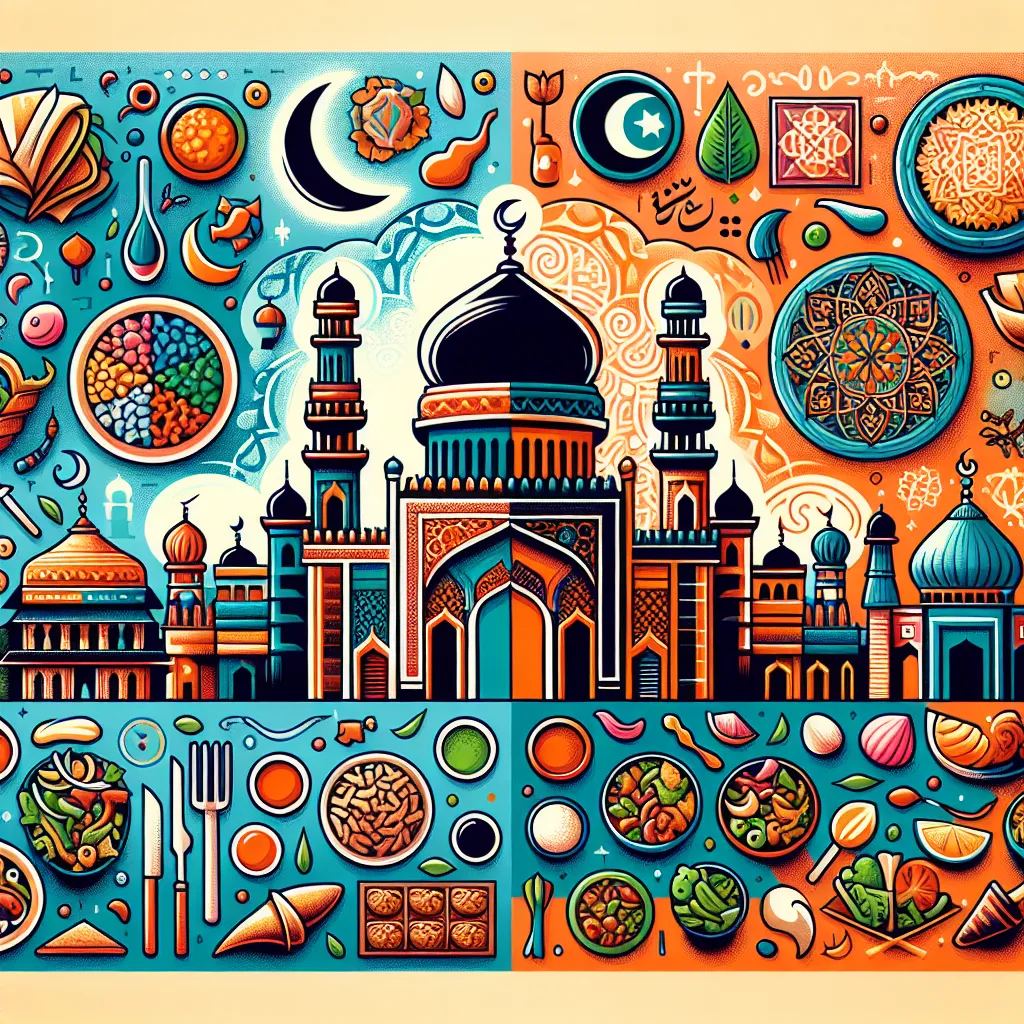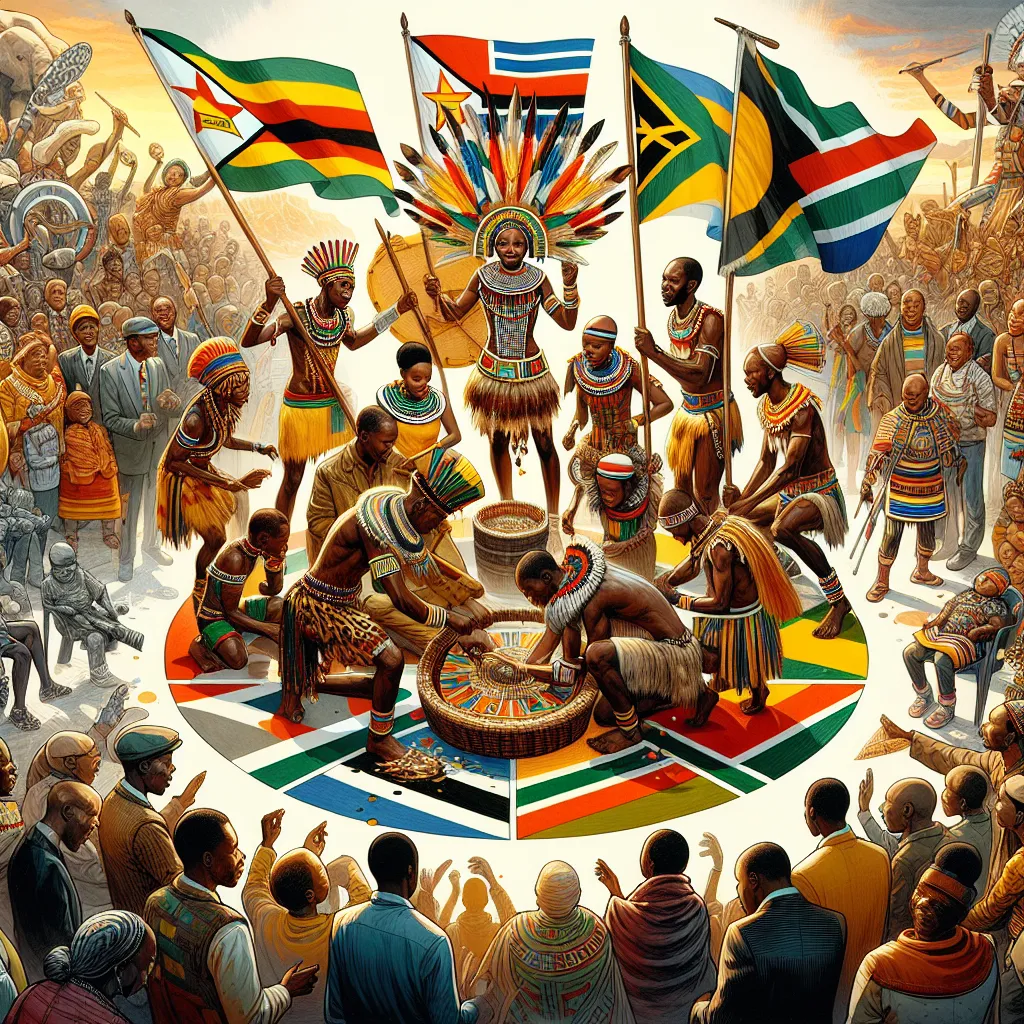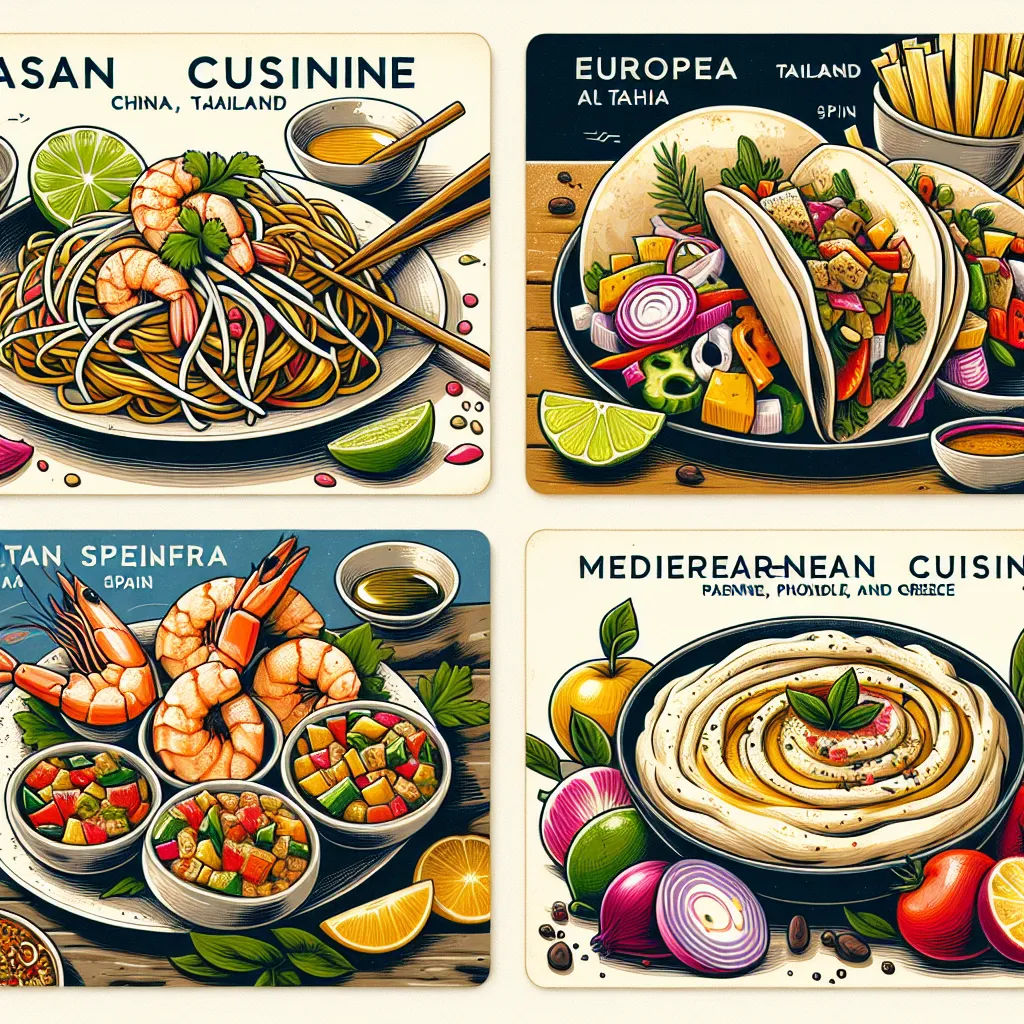Ask AI on The Internet
Question: Write a short essay on Islamic and Indian culture. Compare the two cultures by highlighting their differences as well as their similarities.
**Islamic and Indian Culture: A Comparative Exploration** Islamic and Indian cultures are two of the world's most enriched and distinctive cultural spheres, each with a profound history, unique traditions, and a significant global influence. While both cultures emphasize spirituality, family values, and social cohesion, they also exhibit distinct differences shaped by their unique historical and geographical contexts. **Historical and Religious Foundations** Islamic culture is deeply rooted in the teachings of Islam, which originated in the Arabian Peninsula in the 7th century. The Quran and Hadith (sayings and actions of Prophet Muhammad) are central to Islamic teachings, influencing everything from law to daily life. Predominantly, Islamic culture spans across the Middle East, North Africa, parts of Asia, and other regions unified by faith and religious practices. Conversely, Indian culture is a tapestry of diverse religious beliefs, including Hinduism, Buddhism, Jainism, and Sikhism, as well as influences from Islam and Christianity. Hinduism, being the largest religion in India, profoundly impacts cultural practices, with sacred texts like the Vedas, Upanishads, and the Mahabharata shaping spiritual and social life. India's culture reflects millennia of complex history, encompassing various dynasties, philosophies, and artistic expressions. **Art and Architecture** Islamic art and architecture are characterized by intricate geometric patterns, calligraphy, and arabesques, reflecting the importance of abstract and non-figurative design. Majestic mosques, such as the Alhambra in Spain and the Blue Mosque in Turkey, exemplify the emphasis on spiritual and aesthetic harmony, with domes and minarets creating breathtaking silhouettes against the sky. Indian art and architecture are equally diverse and symbolic, with vivid depictions of gods, goddesses, and mythological stories in temple carvings, paintings, and sculptures. Architectural marvels like the Khajuraho temples and the grand palaces of Rajasthan highlight the aesthetic and spiritual dimensions of Indian culture. The Taj Mahal, with its blend of Islamic and Indian architectural styles, stands as a testament to the cultural synthesis that can occur through history. **Festivals and Traditions** Islamic festivals like Eid al-Fitr and Eid al-Adha are celebrated with communal prayers, feasts, and acts of charity, emphasizing community and gratitude. Ramadan, the holy month of fasting, is a profound spiritual experience that reinforces discipline, empathy, and devotion among Muslims. India is renowned for its multitude of festivals that celebrate its religious and cultural diversity. Diwali, the festival of lights, and Holi, the festival of colors, are among the most vibrant Hindu celebrations, marked by lights, sweets, music, and dance. Such festivals often embody themes of victory over evil, renewal, and the triumph of light over darkness. **Social Structure and Family Values** Both cultures place a strong emphasis on family and social cohesion. In Islamic culture, the family is the cornerstone of social life, with extended family networks providing support and stability. Traditions and customs related to marriage, hospitality, and social responsibilities are deeply interwoven with religious principles. Indian culture also emphasizes family bonds, often extending beyond the nuclear family to include a broad network of relatives. The joint family system, although less common today, illustrates the collective approach to family life, where resources and responsibilities are shared among family members. Both cultures value respect for elders and uphold traditions that reinforce family unity and social harmony. **Conclusion** In conclusion, while Islamic and Indian cultures emerge from distinct historical and religious backgrounds, they share common threads of spirituality, community values, and artistic richness. Each culture offers profound insights into the human experience, emphasizing unity in diversity and the universal quest for beauty, meaning, and togetherness. The intercultural dialogue between these two cultural spheres continues to enrich the global tapestry, fostering mutual respect and appreciation of their unique and shared heritage.
Think your answer is better than the AI's? Post it below.
Other Most Relevant Posts:
Question Tags
If you want your question answered by an AI, click here.







Post your own comment: